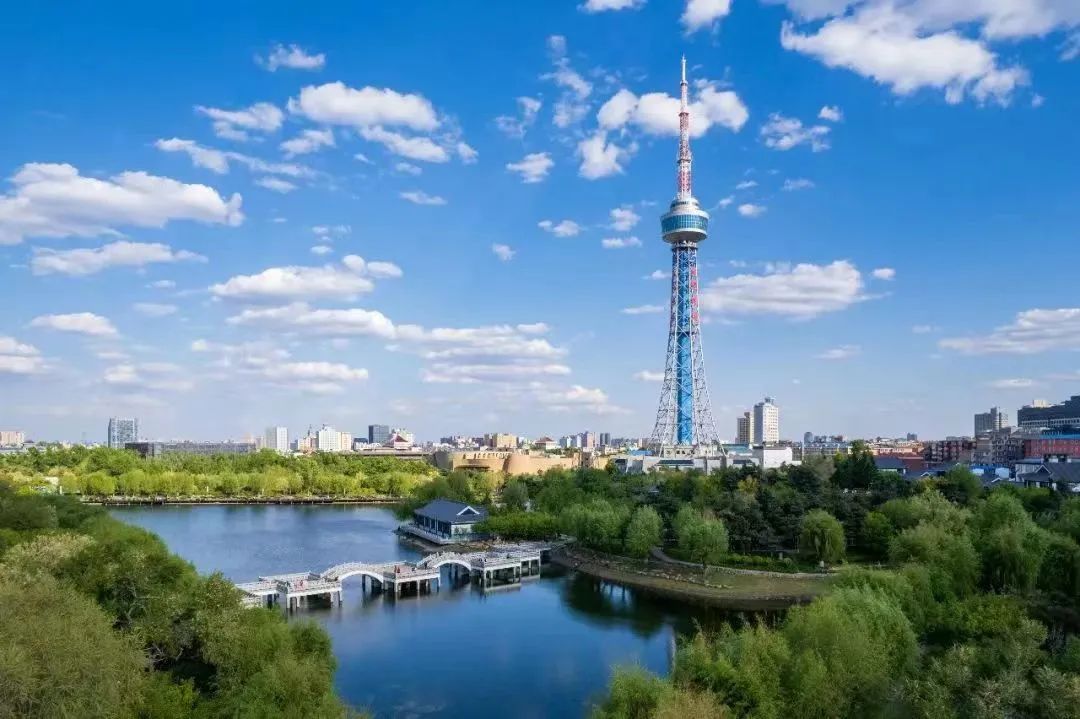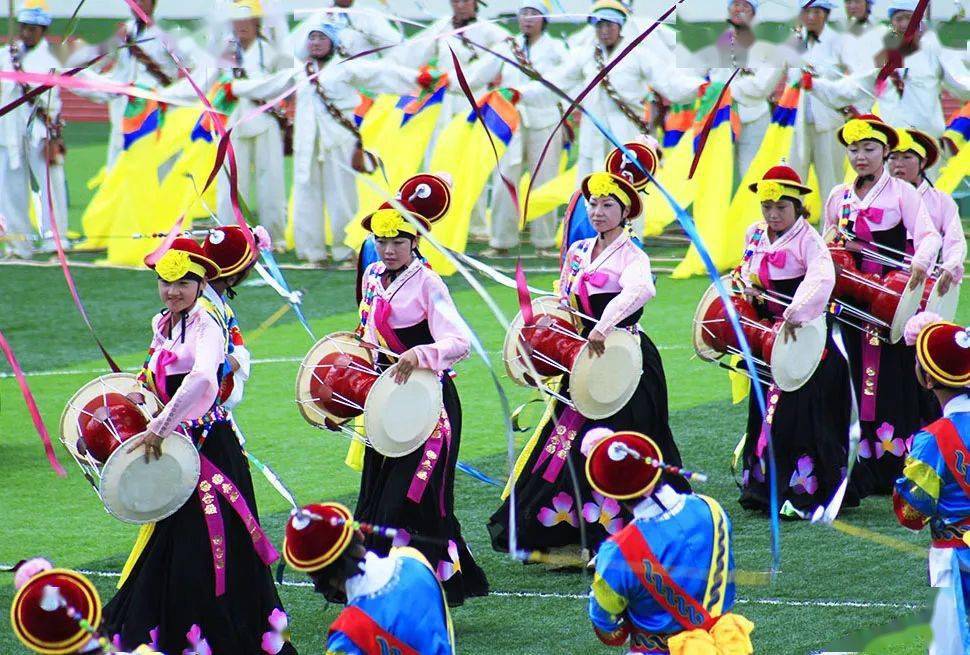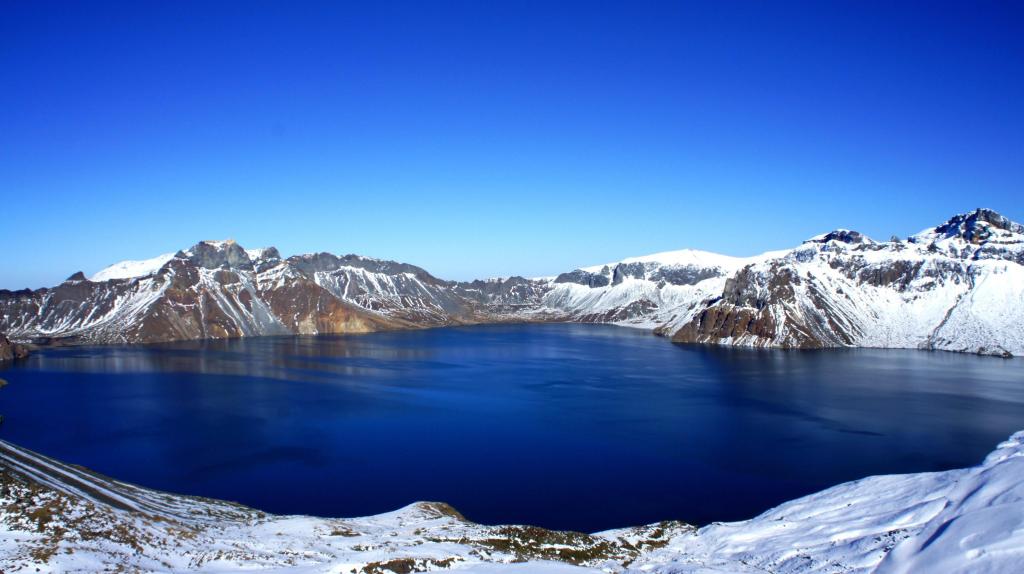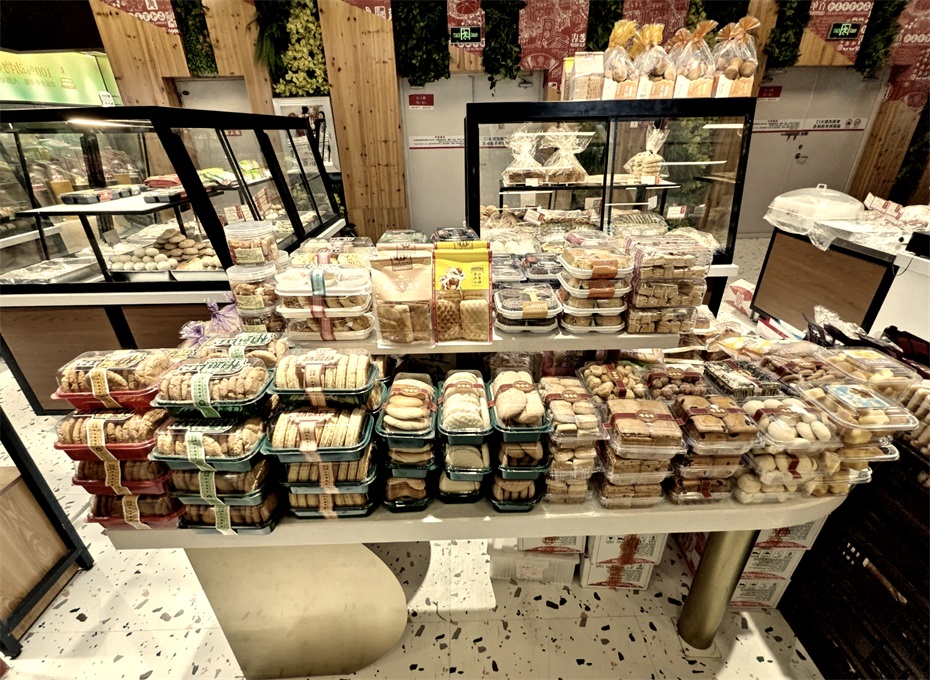Jilin Province
Panoramic introduction of Jilin Province

Jilin Province, abbreviated as "Ji", is located in the central part of Northeast China and serves as an important industrial base and commodity grain production base in China. With a total area of 187,400 square kilometers, the province governs 9 prefecture-level administrative regions (8 prefecture-level cities and 1 autonomous prefecture), and has a permanent resident population of 23.47 million (data from 2022). In 2022, the province's GDP reached 1.31 trillion yuan, and its per capita GDP ranked among the top in Northeast China.
Jilin Province currently governs 8 prefecture-level cities, namely Changchun (provincial capital), Jilin, Siping, Liaoyuan, Tonghua, Baishan, Songyuan, and Baicheng, as well as the Yanbian Korean Autonomous Prefecture. Changchun, the provincial capital, is an important central city in Northeast China. As an important window for China's opening up to Northeast Asia, Jilin borders Russia and North Korea, with a borderline length of 1,438.7 kilometers.
II. Geographical Features
1. Location characteristics
Jilin Province is located between 40¡ã52¡ä¡«46¡ã18¡ä N and 121¡ã38¡ä¡«131¡ã19¡ä E. It is situated at the geographical center of Northeast Asia, bordering Russia to the east, facing North Korea across the Tumen River and Yalu River to the southeast, adjacent to Heilongjiang Province to the north, connected to Liaoning Province to the south, and neighboring the Inner Mongolia Autonomous Region to the west.
2. Topography and landform
The terrain of the province slopes from the southeast to the northwest, exhibiting a distinct stepped distribution:
Eastern region: Changbai Mountain region (accounting for 60% of the province's area)
Central region: hilly terrace
West: Songnen Plain (accounting for 30% of the province's area)
3. Water system distribution
Songhua River system: its drainage area accounts for 70% of the entire province
Tumen River system: Sino-Korean boundary river
Yalu River system: the boundary river between China and North Korea
Liaohe River system: some areas in the south
4. Climate characteristics
It belongs to temperate continental monsoon climate:
Annual average temperature: 2-6¡æ
Annual precipitation: 400-900 millimeters (decreasing from east to west)
Salient features: long and cold winters, and short and warm summers
III. Historical Context
1. In ancient times
Paleolithic Age: Antu Man Site (about 26,000 years ago)
Neolithic Age: Zuojiashan Site (about 7,000 years ago)
2. Ancient history
From the Han Dynasty to the Northern and Southern Dynasties: the reign of the Goguryeo Kingdom
During the Tang Dynasty's Bohai Kingdom period: a powerful state in Northeast Asia
Liao and Jin Dynasties: birthplace of the Jurchen people
Ming and Qing dynasties: the rise of Jurchen in Jianzhou
3. Modern and contemporary development
In the late Qing Dynasty: Jilin Province was established (1907)
During the Republic of China period: an important industrial region in Northeast China
During the period of the puppet Manchukuo: Changchun served as the "New Capital"
After the founding of the People's Republic of China: construction of important industrial bases
21st century: implementation of the strategy for revitalizing Northeast China
IV. Cultural Essence
1. Multicultural integration
Goguryeo Culture: Ji'an World Cultural Heritage Site
Manchu culture: birthplace of the Qing Dynasty
Korean culture: Yanbian's unique folk customs
Industrial culture: the cradle of China's automobile industry
2. Intangible cultural heritage

Folk art: Korean ethnic group's agricultural music and dance, long drum dance
Traditional skills: carving of Songhua stone inkstones, and processing techniques of ginseng
Folk culture: Korean Huajia ceremony, Manchu storytelling
3. Dialect characteristics
Northeastern Mandarin: most areas of the province
Korean: Yanbian Korean Autonomous Prefecture
Jiaoliao Mandarin: Tonghua and other parts of the region
V. Tourist Attractions
1. World Heritage
the Capital Cities and Tombs of the Ancient Koguryo Kingdom
Changbai Mountain: a world natural reserve
2. 5A-level scenic spot

The Museum of the Imperial Palace of the puppet Manchukuo: A historical testimony
Jingyue Lake National Forest Park: The City's Lungs
Liudingshan Cultural Tourism Zone: A Buddhist Holy Land
3. Special tourism
Ice and snow tourism: Beidahu Ski Resort, Vanke Songhuahu Ski Resort
Border tourism: Fangchuan in Hunchun, Tumen River Estuary
Ecotourism: Xianghai Wetland, Momoge Nature Reserve
Red tourism: Siping Battle Memorial Hall, Yang Jingyu Martyrs Cemetery
VI. Food Map
1. Specialties of Jilin cuisine

Jilin: Wula Hot Pot, Jianfen
Yanbian: Korean Cold Noodles, Stone Pot Mixed Rice
Tonghua: Korean firepot, white meat and blood sausage
2. Special snacks
Chicken soup tofu skewers: a street food in Changchun
Li Liangui smoked meat pancake: a famous dish in Siping
Rice cake: a traditional food of the Korean ethnic group
Snow-clothed bean paste: a specialty dessert from Jilin
3. Specialty drinks
ginseng
Tonghua wine
Changbai Mountain mineral water
Yanbian rice
VII. Current Development Status
1. Industrial system
Automobile manufacturing: the headquarters of FAW Group
Agricultural product processing: deep processing industry of corn
Pharmaceutical Health: Changchun Institute of Biological Products
Ice and snow tourism: high-quality development of the ice and snow economy
2. Transportation network
Railway: Harbin-Dalian High-speed Railway, Changchun-Hunchun Intercity Railway
Highways: The mileage of highways open to traffic exceeds 4,000 kilometers
Aviation: 5 airports including Changchun Longjia International Airport
Ports: Hunchun, Tumen and other open windows to the outside world
3. Ecological construction
Changbai Mountain Protection: National Nature Reserve
River-lake connectivity project: construction of the western ecological economic zone
Black soil protection: Implementing the "Black Soil Granary" scientific and technological campaign
From the majestic Changbai Mountains to the vast black soil plains, from the ancient ruins of Goguryeo to the modern automobile city, Jilin, this fertile land, is marching towards a new journey of high-quality development with a brand-new attitude. Here, there is not only magnificent natural scenery but also profound cultural heritage, coupled with vigorous development vitality. It is writing a wonderful chapter of comprehensive revitalization in all aspects in the new era.
simliy
